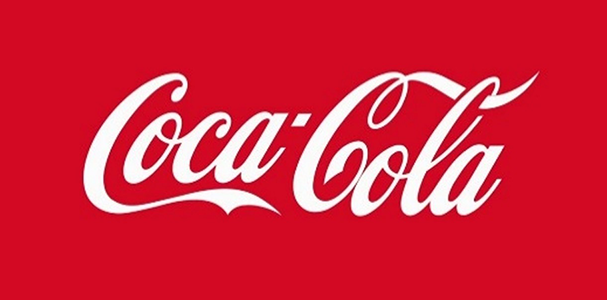Different Uses of Your Logo.
In corporate branding, logos are a fundamental requirement in corporate identity manuals. Therefore, it is essential to distinguish these concepts and understand their different applications to design an effective brand strategy.
The logo is the core of a brand’s corporate image. It is not just a symbol or text but a graphic representation that connects the company with its audience. Its proper application is key to conveying the brand’s values and essence, making it crucial to understand the different uses of a logo.
In this blog, we explore the three main versions of a logo: positive, negative, and monochrome.

The positive logo is the brand’s primary version, typically designed with its core corporate colors. This configuration is the most recognizable and defines the company’s visual identity across most applications.
To ensure proper representation, it is essential to maintain the exact proportions of the elements, adhere to the brand’s identity guidelines, and avoid modifications that could distort the design’s essence.
This version often includes different configurations, such as the full logo, reduced or simplified versions, and even specific adaptations like the favicon for digital environments. Consistency in using the positive logo strengthens brand recognition across all formats and should always be the first choice.

Negative Logo Version: This version features the primary corporate color as the background, with the text and logo elements in white (or negative), creating a higher contrast. Many prestigious brands use negative versions of their logo to achieve greater visual impact.The negative logo provides a bold and striking representation of the brand. This approach enhances visibility on dark backgrounds or when a stronger visual presence is needed.Many leading companies frequently use negative logo versions as they improve recognition in visually complex environments. As with the positive version, it is essential to maintain proportions and avoid unauthorized adaptations that are not specified in the brand identity manual.

Monochrome Logo Version: When corporate colors cannot be reproduced, the logo is used in black and white or grayscale. This version should not be used in digital formats.The monochrome logo is applied in cases where full-color reproduction is not possible or practical, such as black-and-white prints, stamps, engravings, or certain promotional materials.In this version, the logo appears in grayscale or completely black and white, ensuring readability and maintaining its visual essence. However, it is important to note that this version should not be used in digital environments, where original colors or a negative contrast have a stronger impact.Using a monochrome logo is a valuable resource to maintain brand consistency in technical or restricted contexts. It is often chosen in situations where multiple brands need to be represented together, ensuring that no brand gains or loses prominence.
Understanding the different uses of a logo not only ensures its correct application across all formats but also strengthens the brand’s professional perception. A consistent visual strategy, supported by a solid brand identity manual, guarantees that the logo adapts successfully to any context without losing its essence or impact.
Want to take your corporate image to the next level? At Dysegna, we help you design and implement customized solutions that enhance your brand.


